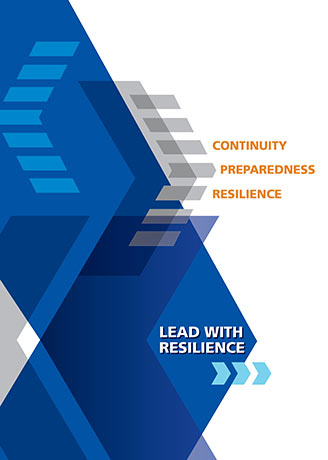Hazard Identification Risk Assessment (HIRA)
A core challenge faced by organizations is how to prevent, prepare, mitigate, respond and recover from a myriad of hazards. We can help your organization through a systematic risk assessment process tool that can be used to assess the risks of various hazards.
The HIRA is a structured process for identifying those hazards which exist within a selected area and defining their causes and characteristics. Emergency Management Programs entered a new phase which focused on a risk-based approach. In Ontario legislation, the first step outlined to reduce risks is to identify the hazards and assess their associated risks to determine which hazards are most likely to result in an emergency. In order to do this in a successful manner, systematic risk assessments (such as a HIRA) can be used to shift the focus of emergency management programs away from being merely reactive to also being pro-active. The addition of a pro-active approach to emergency management through a stronger focus on prevention, preparedness, mitigation, in addition to response and recovery can result in a more disaster-resilient organization and community.
The adoption of a risk management approach in the legislation shifts the focus to include the causes of risk rather than only responding to the emergencies that may result from risk. This will allow your resources to be allocated more effectively in order to prevent or minimizes losses.
The implementation of emergency management programs, based upon risk management principles, will ultimately save lives and money, protect property and the environment, maintain economic stability and help assure the continuation of critical infrastructures.
At GEM Canada, we have the tool to assist and guide you in the process.
